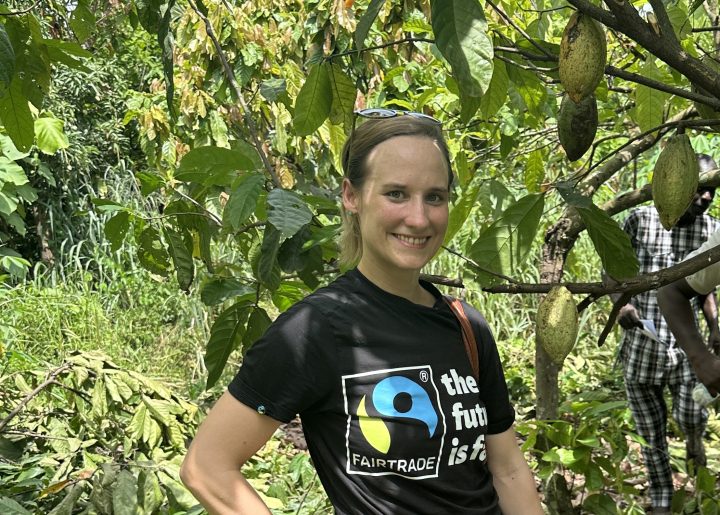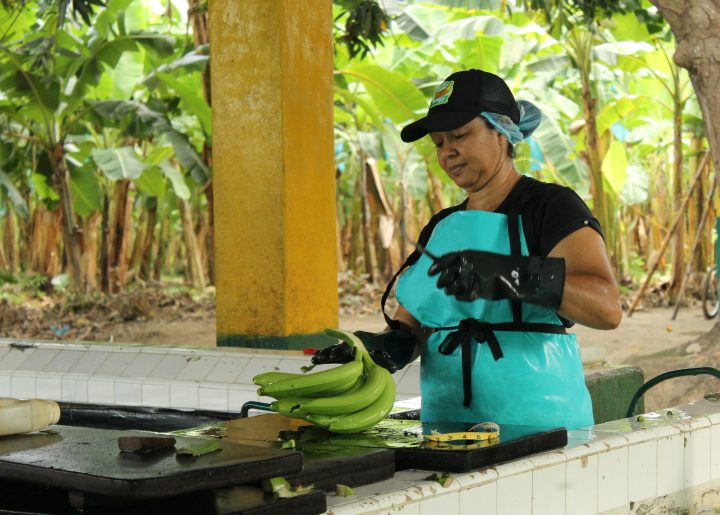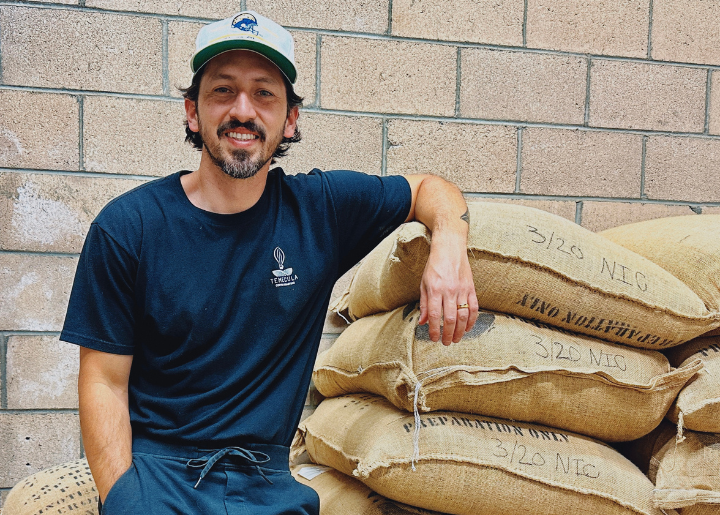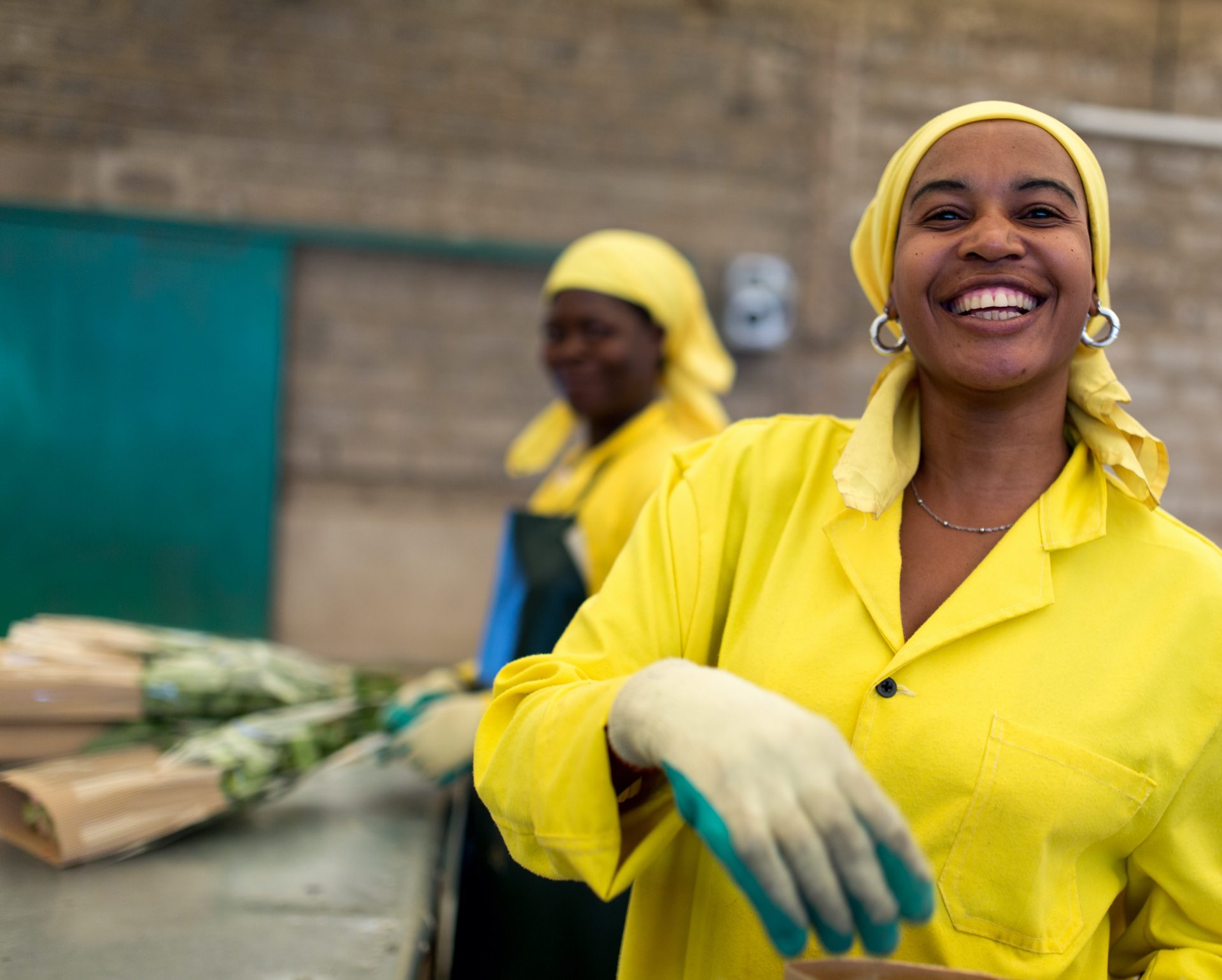5 things people get wrong about Fairtrade
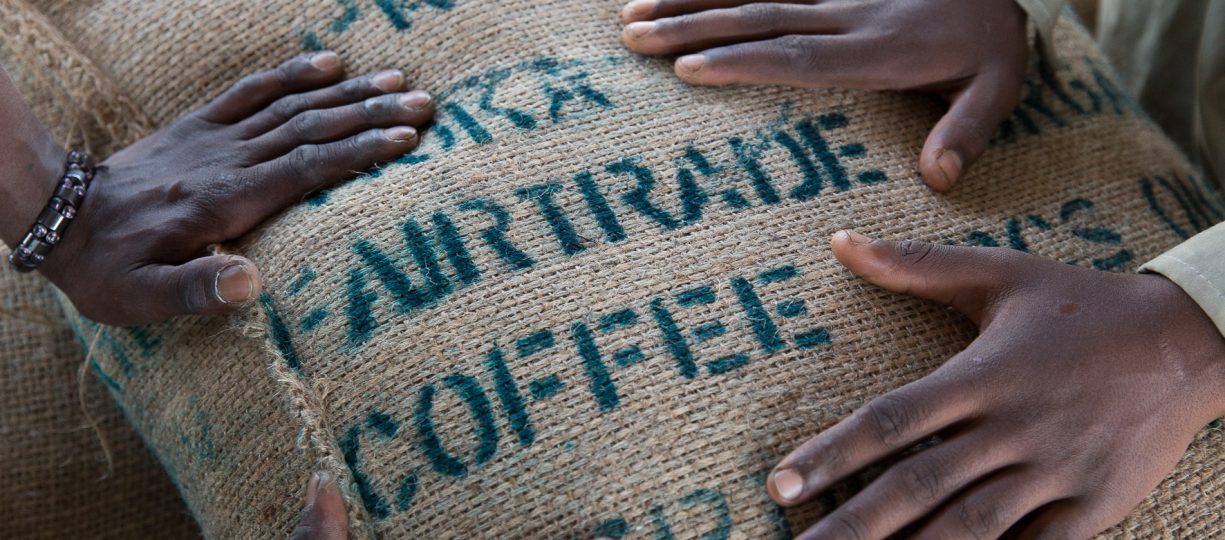
Fairtrade is growing by leaps and bounds in the US. By now most folks know the concept and have a decent understanding that it’s better than conventional products, but misconceptions abound.
We’ve heard them all. The person in the cubicle next to you who says that free trade is fair trade (read a bit more on that here). Your friend who read an article about how it’s just a marketing scam to make people feel better about themselves. Or even people who think that buying fair trade solves all of the world’s problems. With so much contradictory information floating around out there about fair trade, it can be difficult to discern fact from fiction.
When I joined Fairtrade International, I was skeptical. I had worked with small-scale farmers in Guatemala while in the Peace Corps and then joined the organization Coffee Kids, which was dedicated to helping coffee-farming families improve their quality of life and reduce their reliance on the volatile coffee market. I knew that fair trade was a good thing, but I had also seen claims that seemed too good to be true. I figured that there was no better way to understand it than by jumping in.
Now six years later I’ve come to realize that the fair trade concept involves more than I thought – that it’s one way that we can bring more balance to trade and help farmers and workers improve their livelihoods – and that it continually needs to improve.
Here are five Fairtrade myths I’ve encountered along the way.
#1: “Fairtrade products are more expensive.”
By the time you find a product with that proud little logo on the shelf, nearly all of the magic has already happened. The Fairtrade Minimum Price (or higher depending on market conditions) and Fairtrade Premium are paid to producer organizations when the first trader purchases the coffee. From there it goes to a warehouse, is shipped to a roaster, bagged and plopped on a shelf.
In coffee for example, the cost is often a function of quality. You can find Fairtrade coffee of a quality (and cost) that would make a Q-grader swoon (like this sweetness from Fairtrade co-op FECCEG), affordable instant coffees that are great for grandma, and everything in between (check out the Fairtrade coffees here). In each case, at bare minimum the Fairtrade Minimum Price was paid to the producer organization in addition to the Fairtrade Premium to be invested as the producers see fit.
The final bit of Fairtrade magic comes when you pull that bag of coffee off the shelf (it’s important to remember though that Fairtrade isn’t just about the price, the Fairtrade Standards include social, economic and environmental criteria for producers, traders and companies).
#2: “Anyone can slap the Fairtrade logo on their product and claim it’s ethical.”
Nope! Companies can’t just stick the FAIRTRADE Mark or their products willy-nilly and pretend to be ethical. The Mark is a registered certification label for products sourced from producer organizations that meet the Fairtrade Standards. To use the mark on products, the company must also meet Fairtrade’s Trader Standard.
The Fairtrade Standards are developed through rigorous research in consultation with Fairtrade stakeholders, including farmers and workers, traders, independent experts and national Fairtrade organizations like Fairtrade America. Since the Fairtrade Standards apply every step of the way, it’s important to gather all input from all actors.
Check out our business section if you would like to use the FAIRTRADE Mark on your products.
#3: “Only a small percentage of the price you pay for a Fairtrade product goes back to farmer.”
This is based on the misunderstanding that Fairtrade farmers are paid a percentage of the retail price you pay in a store, which is not the case. The retail price you pay as a consumer is determined entirely by the retailer.
While paying farmers and workers a percentage of the retail price might appear to be a good way to drive impact for farmers from the consumer’s perspective, it doesn’t actually address the real inequities in conventional market arrangements or account for the added costs that companies put into their final product (special packaging, roasting processes or otherwise).
As mentioned above, the price the farmer receives applies at the point where the producer organization (such as a coffee cooperative) sells to the next person in the supply chain (usually an exporter or importer).
All of that being said, there is a very interesting project in coffee unrelated to Fairtrade that we suggest you check out. The Transparent Trade Coffee project is run by Social Enterprise @Goizueta at Emory University. Roasters submit their coffees and all costs to determine what percentage goes back to the producer organization or farmer. Learn more on transparency in pricing in this blog from a panel we organized this past May.
#4: “We always pay our farmers more than Fairtrade prices.”
We’d suggest not taking people’s word for it. Occasionally you’ll find companies making claims like ‘we always pay our farmers more than Fairtrade’. But this is unclear since there is no set ‘Fairtrade price’. The Fairtrade Minimum Price serves as a safety net and aims to cover the costs of sustainable production when prices fall below it. But if the market price is higher, then negotiations begin there.
The difference between a claim and something certified lies in who is checking the statement.
The FAIRTRADE Mark on a product means that the Fairtrade ingredients in that product have been independently checked by FLOCERT, an independent certifier accredited to the International Organization for Standardization (ISO) 17065 Standard. FLOCERT can and does suspend or, in some cases, even decertify Fairtrade producer organizations or traders if audits show that Fairtrade Standards are not being complied with.
When it comes to Fairtrade products, if we say that buying is helping farmers’ organizations to get a better deal, you don’t just have to take our word for it. Regardless, it’s not Fairtrade vs. Direct Trade, but both and more of the same, please.
#5: “Fairtrade doesn’t encourage farmers to improve quality.”
This myth is occasionally levelled at Fairtrade coffee or cocoa farmers. The argument goes that the safety net of the Fairtrade Minimum Price means there is little to no incentive for farmers to improve the quality of their crop.
But as mentioned above, producer groups are not tied to the Minimum Price — higher quality can and does attract higher prices — so there is always an incentive for Fairtrade farmers to innovate and improve quality.
And Fairtrade farmers know this, according to Fairtrade’s most recent Monitoring and Impact report, Fairtrade farmers invest over 30 percent of the Fairtrade Premium they receive in quality or productivity improvements.
Quality is often the product of the relationship between a traders and the producer organization, which Fairtrade wholeheartedly encourages. Steady, long-term relationships with clear communication are almost always mutually beneficial in business (a good model on a personal level as well).
Bonus #6: “Buying Fairtrade solves all of the problems farmers and workers face.”
The reality of Fairtrade is that consumers have high expectations. And that’s justified. This is why Fairtrade works to bring businesses, producers and all stakeholders together to establish the Fairtrade Standards. This is why there is such a rigorous certification process backing up the FAIRTRADE Mark.
But that being said, the issues that farmers and workers face cannot be solved by with the purchase of one Fairtrade chocolate bar. Often, years of low prices have left farmers with little to invest in improving production and processes. Relying on a once-a-year paycheck with few other options leaves many farmers in a precarious position. Workers around the world continue to be exploited.
This is why Fairtrade also works in program areas beyond the buying and selling of Fairtrade products to help farmers and workers confront child and forced labor, adapt to the real effects of climate change, access affordable financing options, and ensure their rights.
Over time I’ve come to realize that Fairtrade is just one part of a healthy diet. Fairtrade America encourages you to supplement this diet with regular consumption of local or organically produced foods, by supporting local and international non-profit organizations doing good work, and by keeping up to date on events around the world.
We’re in this together
Fairtrade America partners with brands on the journey to certification and beyond. We can help with everything from finding a certified supply chain to marketing your newly certified product.
Get in Touch
